BLACK RAPIDS TRAINING SITE, Alaska -- The bright blue sky against the mountain backdrop here is beautiful, but the early March subzero temperatures can be devastating to those who aren't prepared for it. Temperatures plummet at night and without the proper supplies or shelter, being caught outdoors can be deadly.
Soldiers at The Northern Warfare Training Center, or NWTC, at Black Rapids Training Site south of Fort Greely, Alaska, learn how to survive, maneuver and fight in the these extreme conditions.
Although the school is in the frozen north, the skills Soldiers learn here translate readily to places like Afghanistan's rough, mountainous terrain.
The NWTC's commandant says training in such extremes make Soldiers more adaptable in all climates.
"[U.S. forces] must be capable of conducting operations anywhere, in any type of environment," Maj. Gary McDonald, NWTC commandant said, "History has shown that units that are prepared to fight in the cold can definitely fight in warmer environments. The units that were able to leverage the environment to their advantage were the ones who were victorious."
Ever since the Revolutionary War, when the ill equipped and poorly trained Army of General Washington suffered in the cold at Valley Forge, many of our nation's conflicts have involved fighting in mountain terrain, cold weather, or both.
The NWTC is responsible for developing and maintaining the U.S. Army's state-of-the-art cold weather and mountain warfare tactics and techniques.
The NWTC teaches three basic courses during the harsh Alaska winter months: the Cold Weather Leader's Course, the Cold Weather Orientation Course and Arctic Light Individual Training.
The Cold Weather Leader's Course is a two-week course that teaches everything from the basics of learning to stand and move on skis and snowshoes to a full range of arctic survival skills.
"It is really hard to gain the initiative in the winter time because the environment is such that a lot of leaders aren't comfortable," McDonald said.
Leaders must be mentally and physically ready to operate safely and effectively in high altitude and cold weather climates, according to McDonald. Having the confidence in themselves and their equipment in those conditions will give them the advantage they need to fight the enemy.
The NWTC is providing techniques, tactics and procedures to enhance today's military in modern war fighting capabilities
One recent student said he plans to use what he learned at the Cold Weather Leader's Course.
"I never understood the safety aspects until I attended this course," said Sgt. 1st Class Bryan Nelson, a platoon sergeant for the Warrior Transition Battalion at Fort Wainwright. "We had over 70 students and stayed out six nights in thermal shelters [and tents] in negative degree weather with no cold weather injuries."
Nelson said he learned a lot from the risk management classes. Staying outdoors in arctic conditions showed him how the techniques he learned in the classroom translate to the field.
"I believe each leader from the platoon to command level need to attend this training so we can enhance our safety training throughout Alaska," Nelson said.
One student said the safety and survival techniques she learned in the two-week course gave her greater confidence in her equipment and herself.
"I was definitely taught how to survive in the wilderness. How to stay warm, build thermal shelters and how to get water," said Sgt. 1st Class Alison Humphrey of the 240th Survey Design Detachment, 6th Engineer Battalion, stationed at Joint Base Elmendorf-Richardson, Alaska. "I feel prepared that I can actually survive outside if I needed to."
Humphrey said she began the Cold Weather Leader's Course not knowing how to do the basics, like skiing. She left not only knowing how to ski, but equipped with the skills and confidence to survive and keep her Soldiers alive.
"I have a lot of new Soldiers, new to the Army and Alaska," Humphrey said. "Everything I learned here can be passed on to them and I plan on sending them to the course if I can."
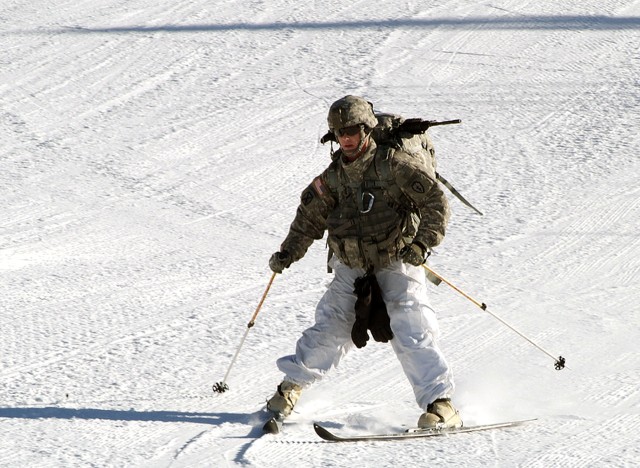
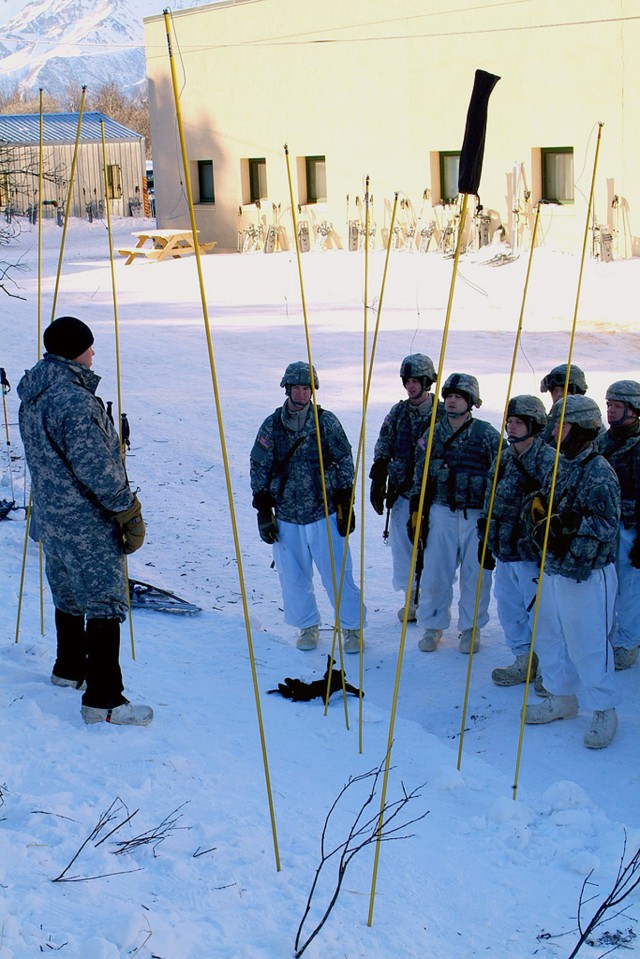

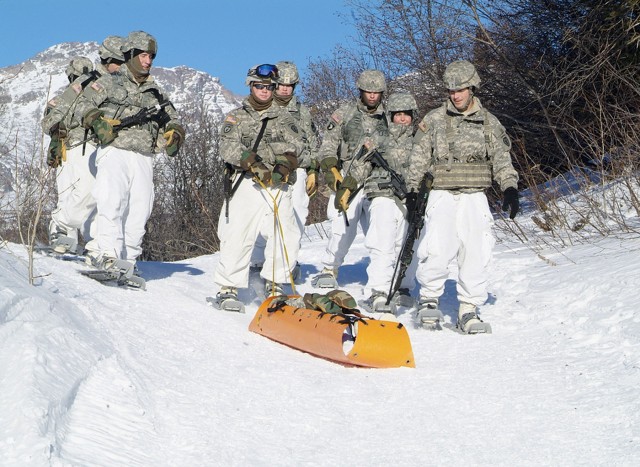
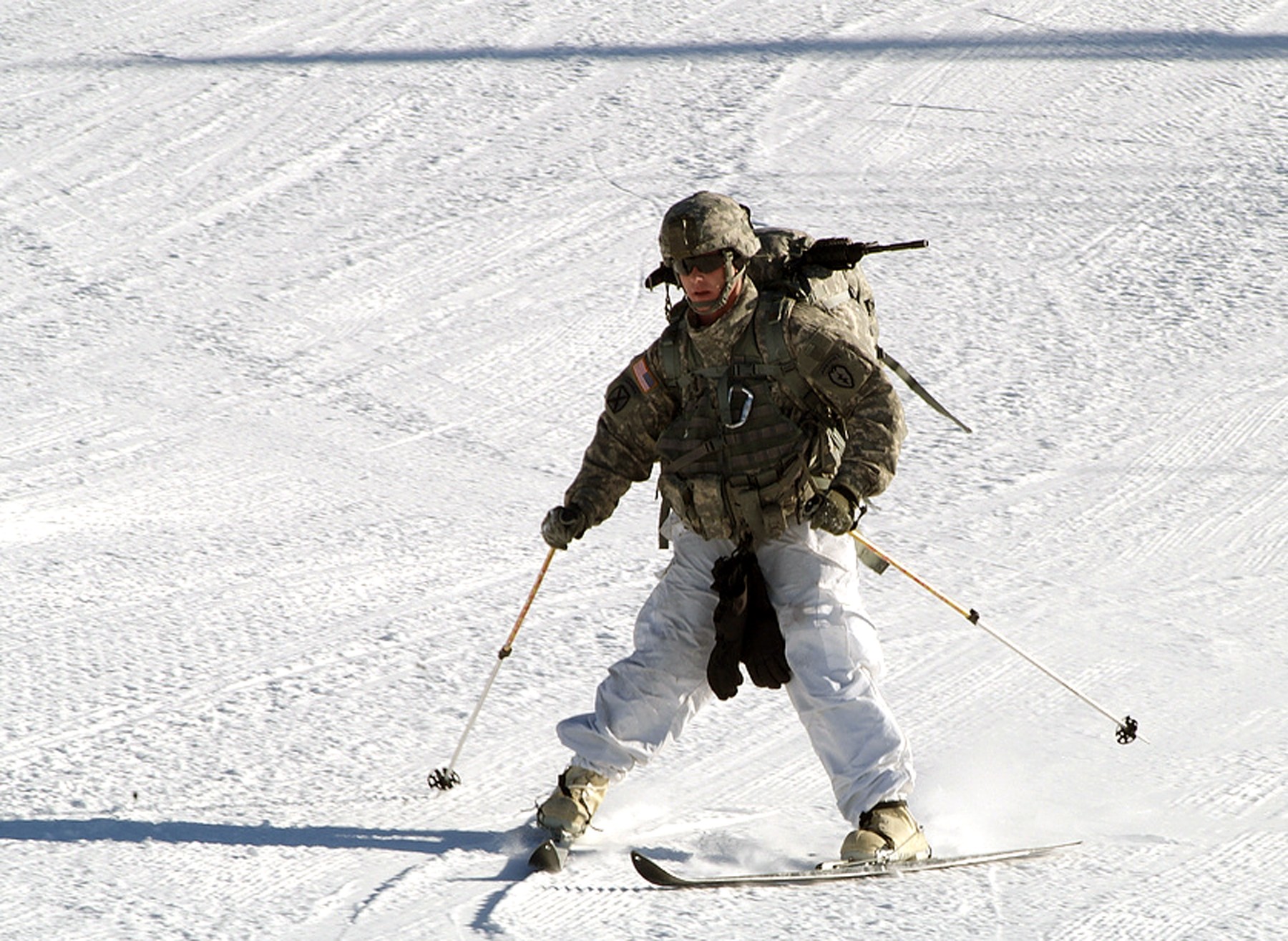
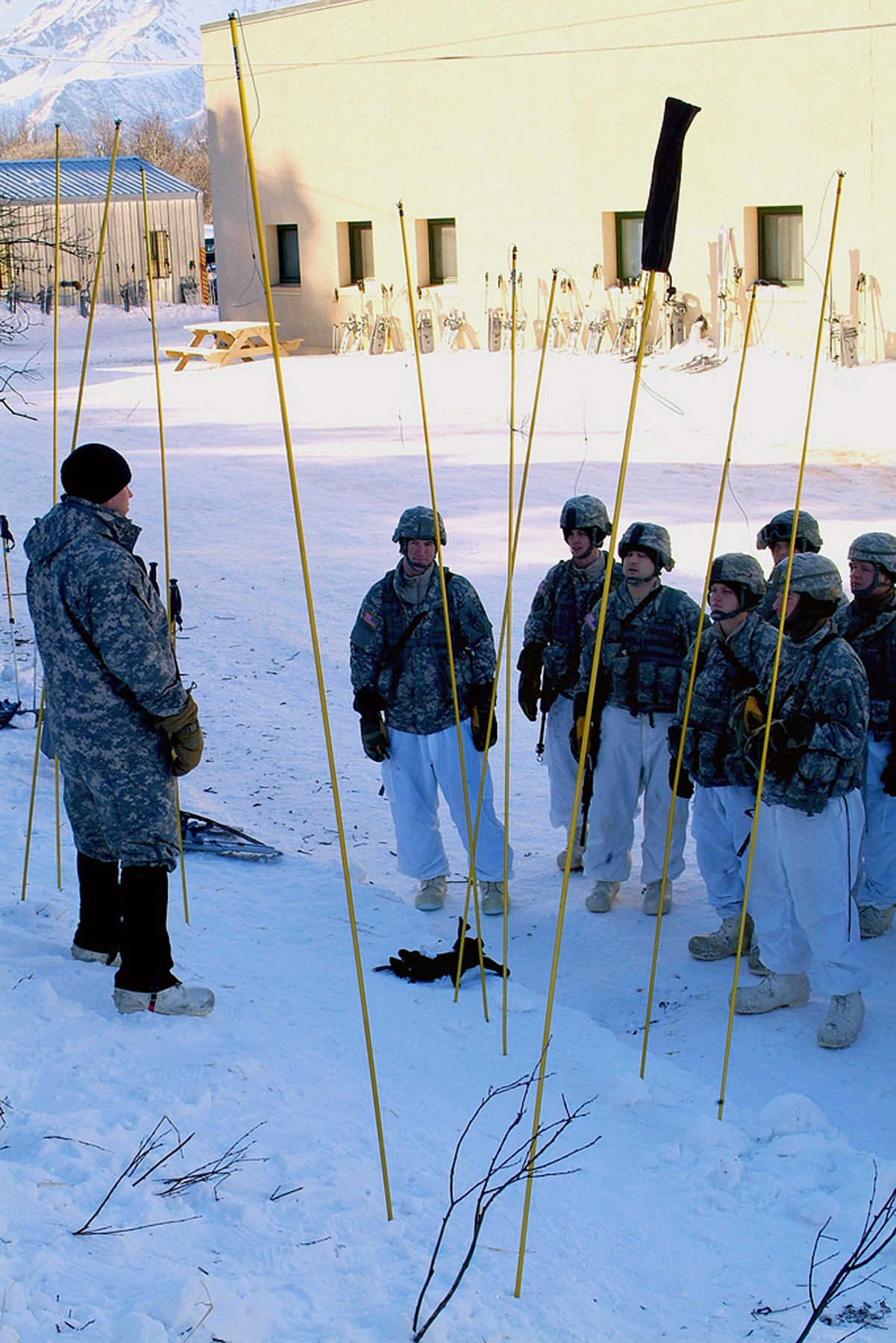
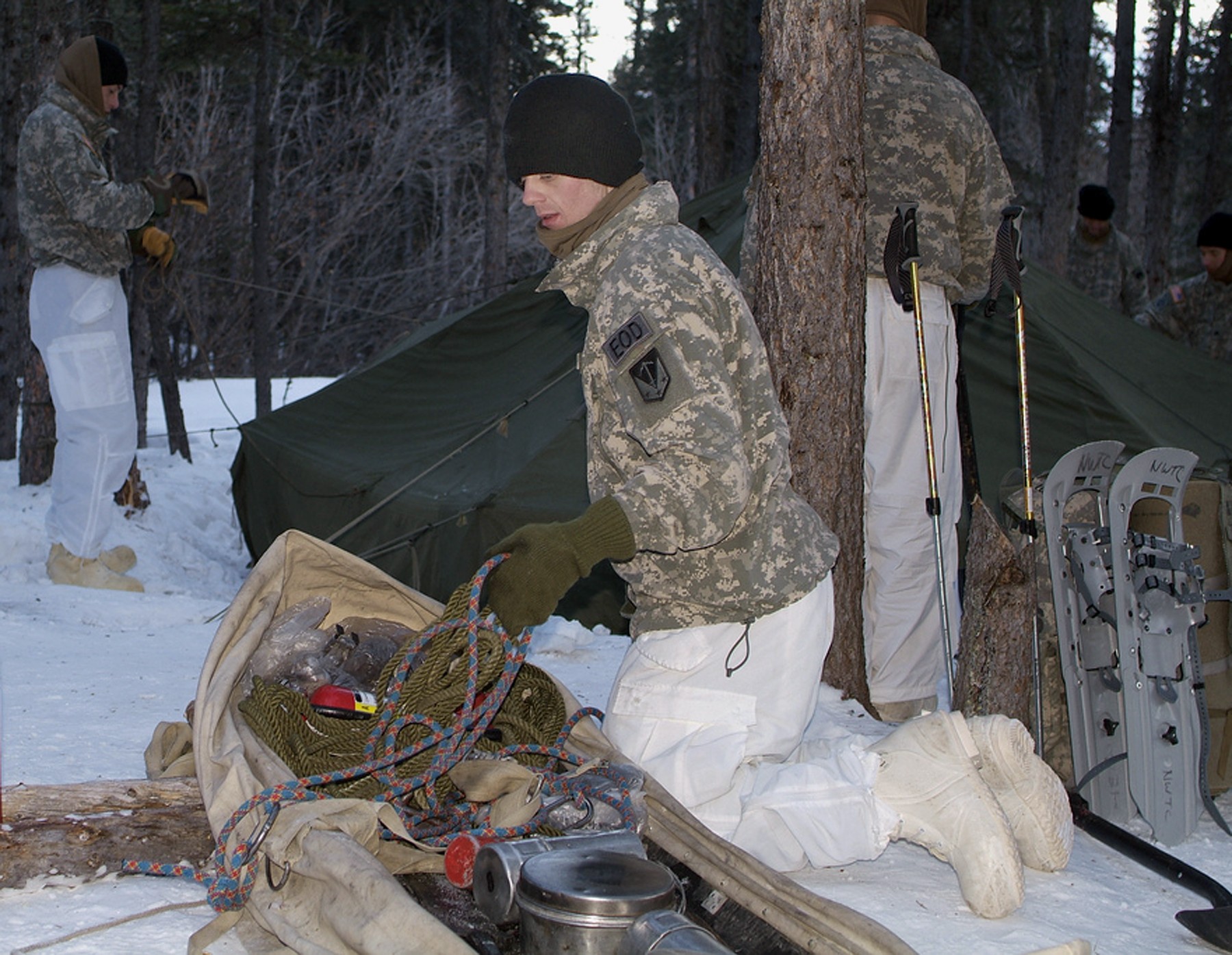
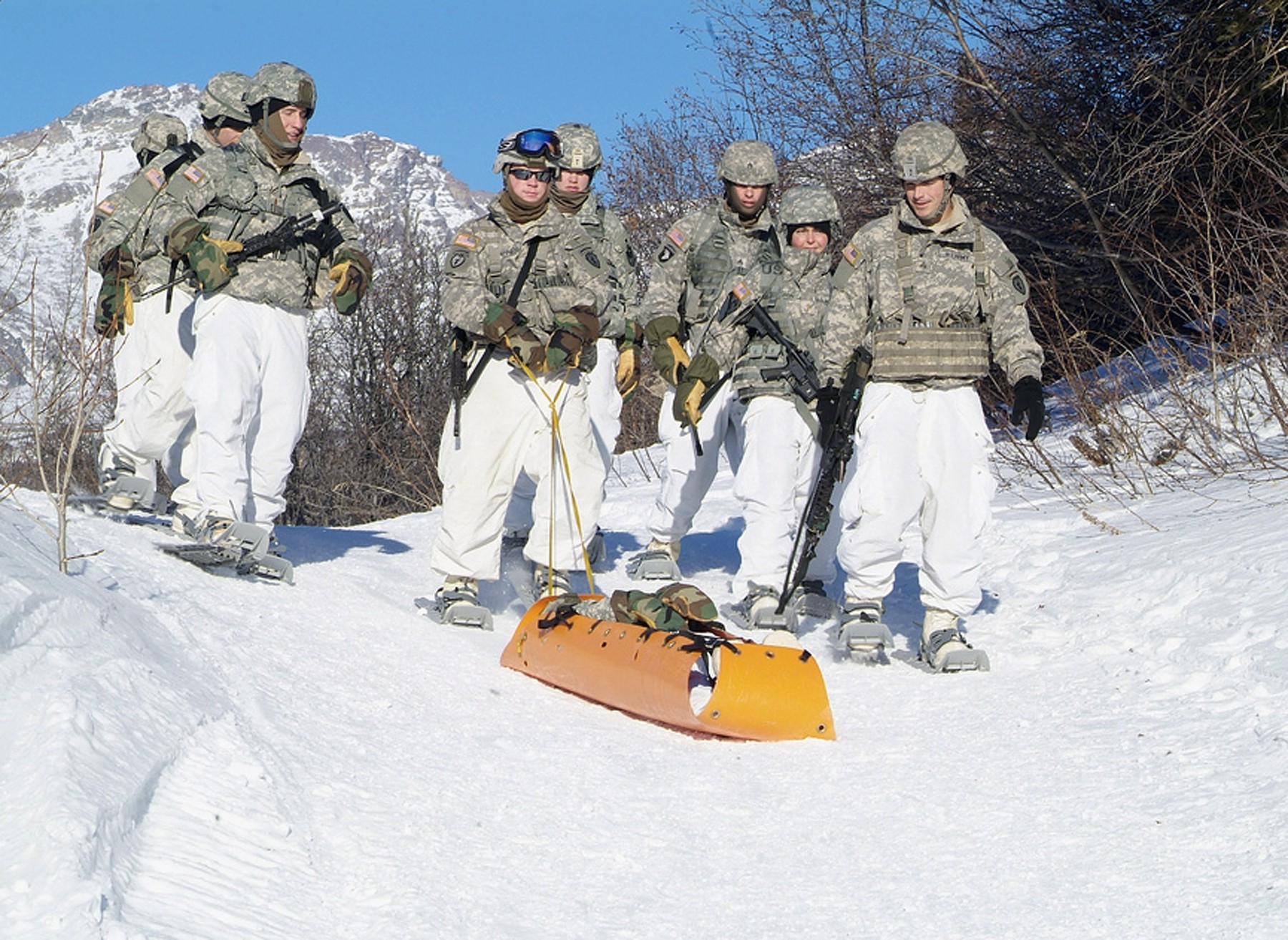
Social Sharing